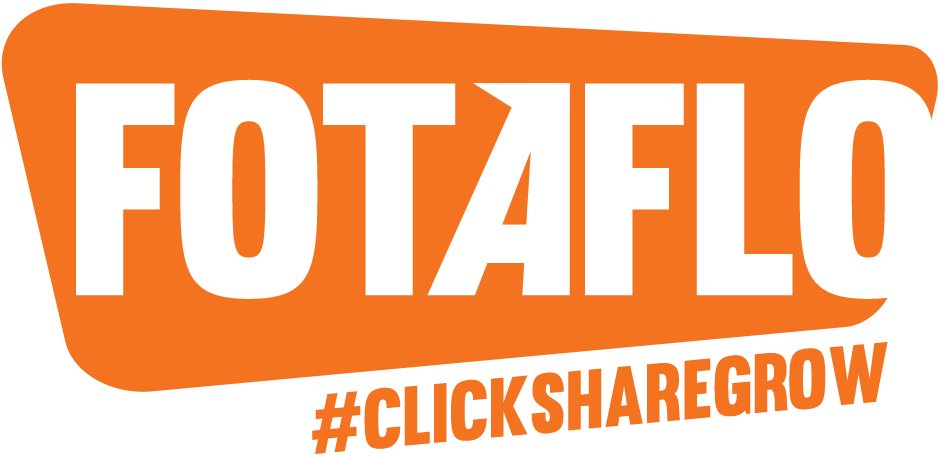Whether your goal is to expand your brand’s global reach, attract more tour and activity bookings, or maintain the loyalty of your existing customers, the importance of a successful hospitality and tourism marketing strategy cannot be understated.
Building a marketing program that works is far from easy. It takes a wide variety of skills, knowledge and know-how to appeal to your target market and get your offering in front of new customers.
So, how can you build a tourism marketing strategy that delivers ROI for your tour, activity or attraction business?
Let’s take a look at what a marketing strategy is, and how to build a successful strategy.
What is a tourism marketing strategy?
A hospitality and tourism marketing strategy is your company’s overall plan for reaching prospects (of your target audience) and turning them into customers of the experience that your tour, activity or attraction business provides.
A tourism marketing strategy is made up of various components, such as research, planning, implementation and analysis, that all help your business to generate new bookings and increase your revenue opportunities.
There are several reasons why you need a travel and tourism marketing strategy. Below are some examples.
- It helps you reach your target audience
- It helps you spend marketing budget in the right places
- It gives you measurable outcomes
- It helps you generate more bookings, and increase your profitability
- It serves as a guide for how to connect with your prospects
5 steps for building a successful hospitality and tourism marketing strategy
1. Pinpoint your value proposition
Your company’s value proposition is a short statement that answers why someone would book a tour, activity or attraction experience with you instead of one of your competitors. It’s what sets your brand apart based on what you bring to the experience.
As a business owner you likely have a general idea of what your value proposition is, but you might not have it written down in a formal marketing statement. Having this written down, and using it front and centre in your marketing messaging, helps to give potential customers a quick snapshot of why they should book with you.
To create your value proposition, narrow down the unique qualities of your brand into one or two sentences. To do this, compile a list of features, benefits and the emotional value of your offering, and then turn this into an emotive sentence that explains exactly what you do and who you are.
2. Understand your potential customers
Your potential customers should be at the heart of your entire marketing strategy. A marketing strategy should anticipate the needs of potential customers, and how you can meet them more effectively than your competitors.
To achieve this, you need to understand who your customers are and what they are looking for. Building “buyer personas” will help your business to understand what your customers want and what marketing content you can create to better attract them to your brand and convert them into customers.
3. Identify your goals
Before you start implementing your marketing strategy, it’s first critical to identify what you want it to achieve. Do you want to generate new bookings, increase brand awareness or grow your email list?
Setting measurable goals for your tourism marketing strategy is important. Smart goals (specific, measurable, achievable, relevant and timely) will help you analyze and improve your program continuously.
4. Outline your marketing techniques
To achieve your marketing goals, there are a number of marketing techniques and channels that your business can use. Which ones you use will depend on where you can best reach your customers and the goals you’re looking to achieve from your marketing strategy.
Types of marketing techniques include:
- Social media marketing
- Content marketing
- Email marketing
- In-person marketing
- Search engine optimization
- Word-of-mouth marketing
- Paid advertising
Find out how you can use the power of photo marketing to generate new bookings for your tour, activity or attraction business.
5. Analyze performance
Last but not least, it’s critical to analyze the performance of your marketing strategy. After you’ve implemented your marketing techniques and run them for a specific period of time, it’s time to assess the success of your marketing campaigns.
Analyzing your marketing strategy will ensure your business is able to use data to assess and improve your marketing strategy as you move forward - continuously improving results.
Interested in learning more about successful marketing for hospitality and tourism? Book a demo with Fotaflo today, and learn how our photo sharing and marketing platform can deliver superior results.





